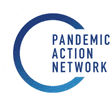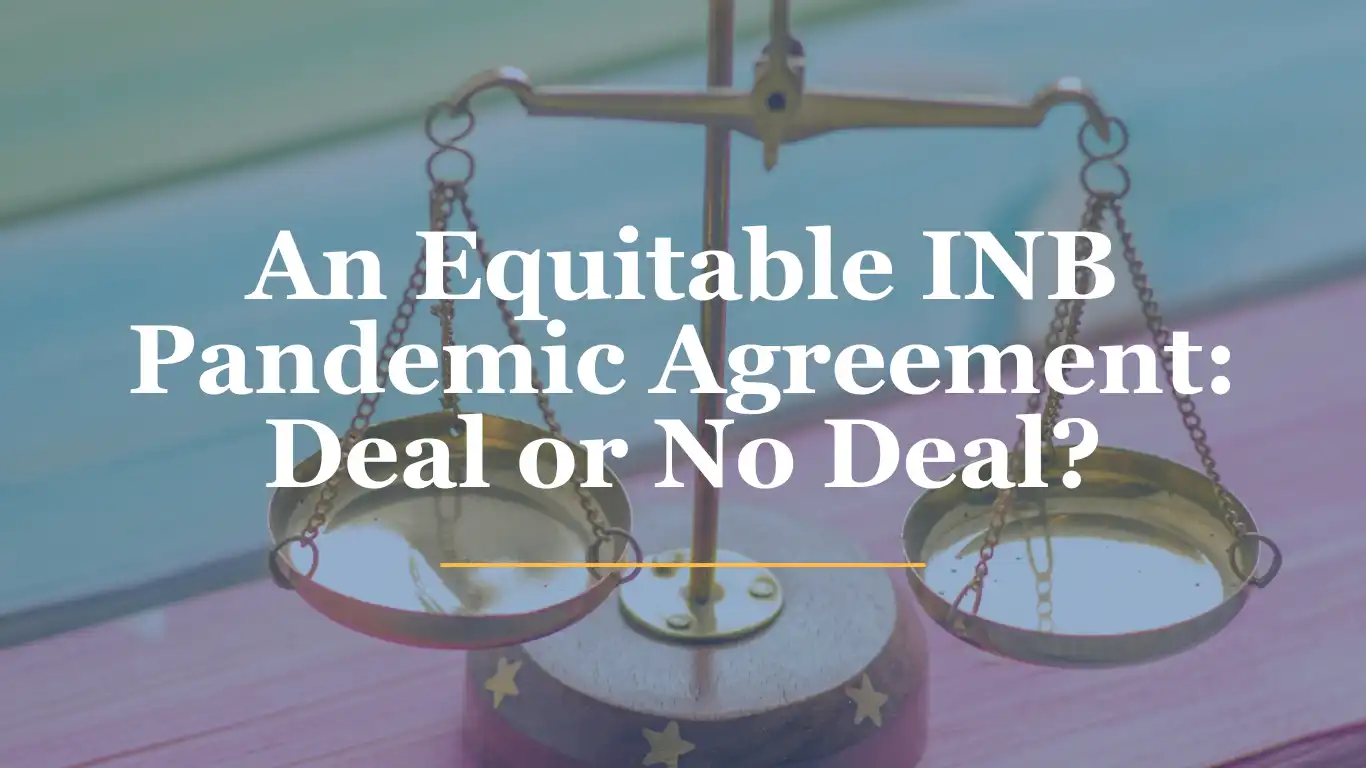Chances are you’ve seen the media headlines blaring recommendations to upgrade your masks:
Demand for N95 and KN95 masks is rising as experts say it’s time to ‘up your mask game’
-Fortune
How to find the best KN95 masks for kids because the cloth face mask isn’t cutting it
-USA Today
Why experts recommend a N95 mask to stop Covid spread
-CNN
So why am I seeing so many super COVID-cautious people clinging to their cloth masks? Research on behavior change and insights from the field of social marketing holds some of the answers to that question…plus tips for how to help people make the change.
Change is hard. When the Pandemic Action Network launched the #MaskingForAFriend campaign in April 2020, we knew this new masking behavior would be particularly difficult, especially in countries that had no experience with it. Given the desire to first secure personal protective equipment for frontline workers at the outset of the pandemic, we agreed with the WHO and CDC: any mask (including cloth masks) was better than no mask. All things considered, global mask adoption exceeded our expectations.
But over the last year, as the data mounts and the virus mutates, we’ve asked people to change again. For those who’ve settled into a behavior (wearing a cloth mask), upgrading to a surgical mask or respirator (N95, KN95, KF94) feels like one ask too many.
Adding to the behavioral inertia are legitimate barriers.
Environmental concerns. Many of the people who willingly adopted the cloth mask habit made a similar change a few years ago when they switched to reusable grocery bags. Asking them to ditch their curated set of cloth masks in favor of disposable paper masks may not sit well with people who are concerned about the litter and waste. They likely wouldn’t go back to use one-time grocery bags, so why would they do that for masks?
Access and availability. For the last two years, cloth masks have proliferated. People made their own, companies gave branded versions to employees, and fashionistas used masks to show off their individuality. I imagine if I asked you to count up the number of cloth masks you have, it would be a pretty high number. But who’s passing out N95s right now? Access to free or low-cost higher-quality masks continues to be a major barrier.
So what can public health and behavior change communicators do now to encourage people to upgrade their masks and help slow the spread of omicron? Nancy Lee’s Show Me, Help Me, Make Me model holds the key.
Show Me. For a subset of the population, getting the information and education will be enough to help them make the switch. Therefore, influential people should continue to share the research and information through media, social media, and talking with their networks.
Help Me. This is the biggest subset of the population — those who would make the change if they are given the help. Companies who are requiring in-person work should provide N95, KN95, or KF94 masks to their employees; you can even get your logo printed on them now! If you are the “mask ambassador” in your family or friend group, you can gift your loved ones items from groups like Project N95 in the U.S. or at least direct them to the resource.
Make Me. Sometimes education and support need to be paired with requirements to move the final subset of the population to act. Some countries, municipalities, hospitals, and schools are now requiring higher-quality masks, at least until the omicron surge recedes. This is definitely a tool in the behavior change toolbox, and if the right supports are provided (i.e., access to affordable or even free masks) to make compliance possible, now is a good time to use it.
If you are interested in contributing to this thinking, please reach out. Pandemic Action Network hosts a monthly Behavior Change Communications Working Group where we explore questions like these and other strategies to shift behavior and help end the crisis phase of this pandemic. #ThanksForMasking





